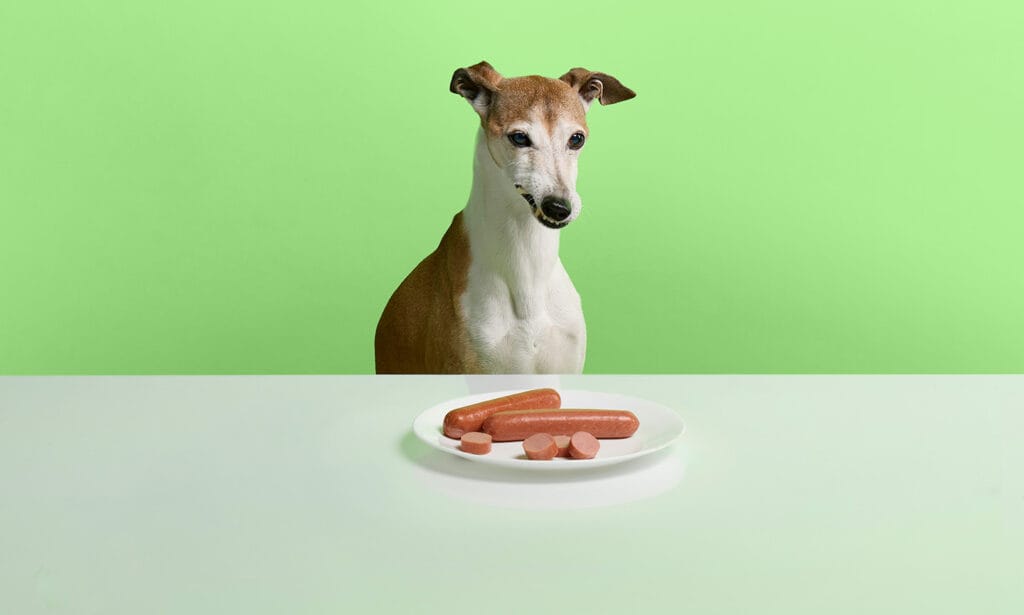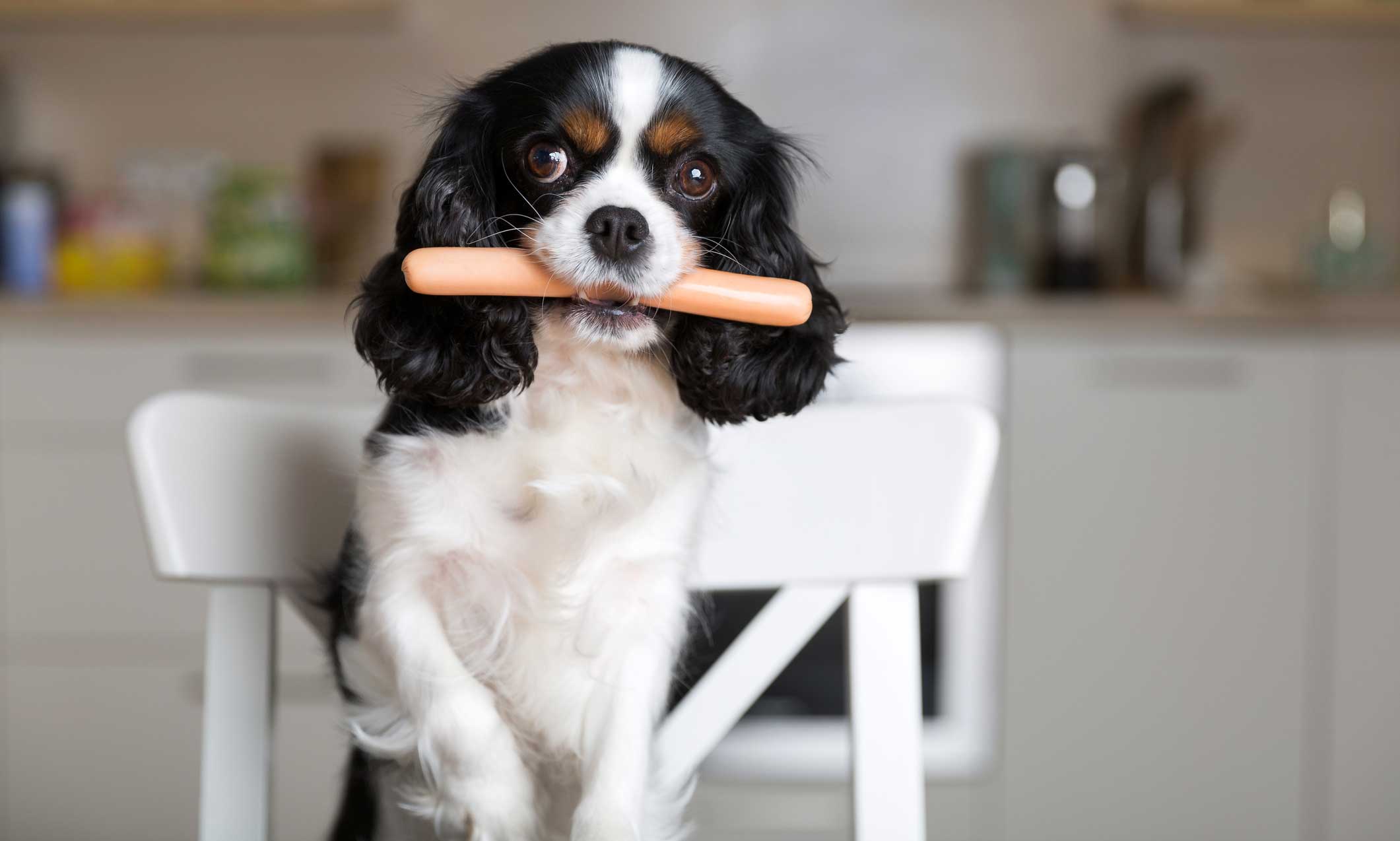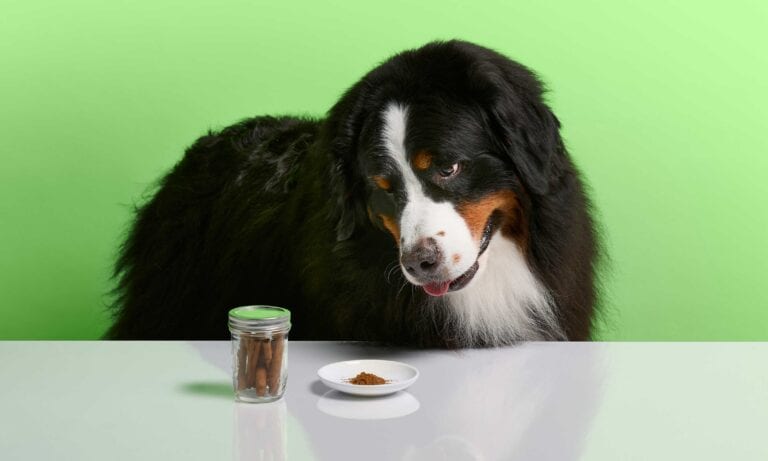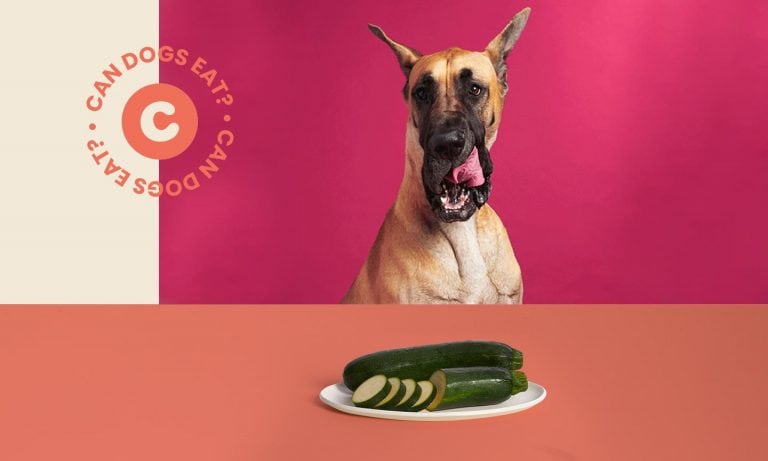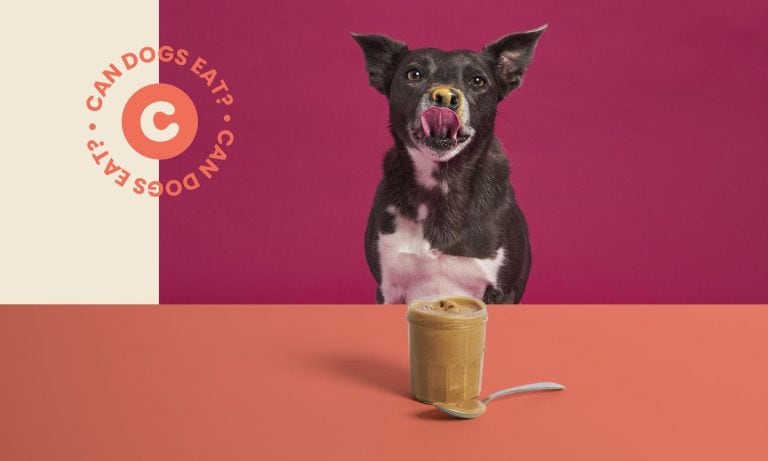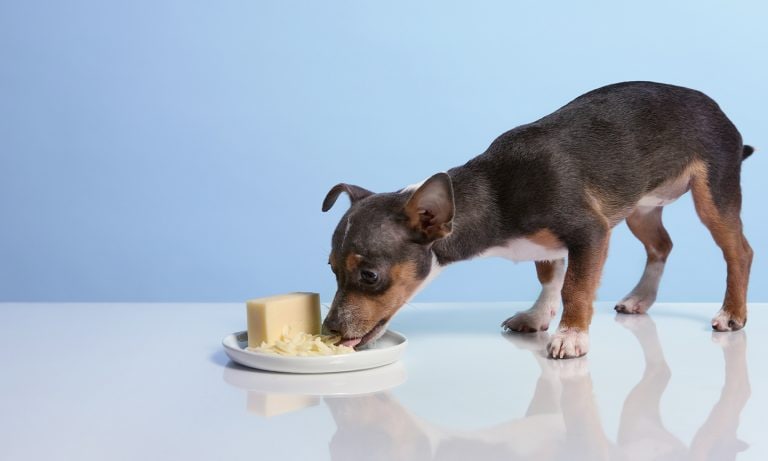Summer has arrived, and the enticing aroma of hot dogs sizzling on the grill wafts through the air. As you’re loading up your bun with all the fixings, you catch your canine companion giving you “the look”—that pleading stare that begs for a taste of the grilled goodness.
But can dogs eat hot dogs? Unlike other summer BBQ foods dangerous for dogs, it’s safe to give your tail-wagging pal small pieces of plain, cooked hot dog in moderation. Of course, there are some cautions and guidelines to consider. We spoke with a vet expert to learn how to safely treat your furry friend with this all-American food.
Before serving any new foods to your pet, consult with your veterinarian first.
Expert input provided by Dr. Alex Schechter, DVM, co-founder of Burrwood Veterinary in Royal Oak, Michigan.
What Types of Hot Dogs Can Dogs Eat?
Hot dogs made from beef, turkey, chicken or plant-based ingredients are considered relatively safe for dogs, barring any individual food allergies. However, it’s crucial to note that not every hot dog on the shelf is fit for Fido.
Here are some key factors to consider when selecting a hot dog that’s safe for your pup:
- Onion- and garlic-free: Check the ingredients list to ensure the hot dogs don’t contain onion and garlic, as these foods are toxic to dogs.
- Spice-free: A zesty hot dog might tickle your taste buds, but your dog’s digestive system isn’t equipped to handle spices, like pepper, chili or paprika. If your dog consumes them, it can result in an upset stomach. Opt for plain, unseasoned hot dogs when treating your dog.
- Lean meats are best: The most suitable hot dogs for dogs are those lower in fat—options made from leaner meats, like chicken or turkey, or plant-based ingredients are generally the best choices.
- Low sodium: High levels of sodium are a no-go for dogs. When choosing hot dogs to share with your pup, look for those labeled “low sodium” or “reduced sodium.”
- Preservative-free: Many hot dogs are filled with additives and preservatives such as nitrates, nitrites and artificial colors. These chemicals can be harmful to dogs over time. Choose natural, additive-free hot dogs when possible.
- Hold the condiments: While we humans might jazz up our hot dogs with mustard, ketchup and relish, your pup’s hot dog should be served plain. While a lick of these condiments likely won’t hurt your dog, larger amounts can upset your dog’s stomach, and some may contain ingredients that are toxic to dogs, like garlic, onion and a sweetener called xylitol.
How Much Hot Dog Can My Dog Eat?
While you may be tempted to spoil your dog by tossing them a whole link—especially when they give you that irresistible look—portion control is essential.
Human foods and treats should make up no more than 10 percent of a dog’s daily calories. The other 90 percent should come from well-balanced dog food.
Giving your dog pieces of hot dog shouldn’t be an everyday occurrence. Limit giving your pup this treat one to two times per week.
The average hot dog provides about 150 calories, and the amount of hot dog you can give your dog depends on their size. Let’s break it down:
Very small dogs (2-20 pounds)
1 piece (1/4-inch thick)
Small dogs (21-30 pounds)
1–2 pieces (1/4-inch thick)
Medium dogs (31-50 pounds)
2–3 pieces (1/4-inch thick)
Large dogs (51-90 pounds)
4–5 pieces (1/4-inch thick)
Very large dogs (91+ pounds)
up to half of a hot dog, cut into 1/4-inch-thick pieces
How Do I Feed Hot Dogs to My Dog?
1Serve Boiled or Grilled
Let’s start with the most basic option—a plain, cooked hot dog. You can boil it or cook it on the grill to get some of that tasty char. Don’t add any oil or seasonings, especially garlic or onion.
Once fully cooked, let the hot dog cool. Then, cut it into small, bite-sized pieces and serve the appropriate amount (scroll up!).
Note: Hot dogs, even right out of the package, are technically pre-cooked—so they’re not raw in the same sense as raw ground beef or raw chicken. However, they can still harbor bacteria and other pathogens that may pose a risk to your dog’s health. For safety purposes, always cook the hot dog before serving it to your pup.
2Make Dehydrated Training Treats
Looking for a drool-worthy training treat that will motivate your pup to learn and follow commands? These dehydrated hot dog pieces are a must-try!
Here’s how to make them:
- Set your oven to 200°F.
- Cut up 2 to 8 hot dogs (depending on how many treats you want to make) into small pieces, about the size of a dime.
- Place the pieces on a parchment-lined baking sheet.
- Bake for 2.5 hours, stirring the pieces every 30 minutes.
- Remove from the baking sheet and place on a plate lined with 2 to 3 paper towels. Place another 2 to 3 paper towels on top of the pieces and press down repeatedly to dab away any excess grease.
- Store in the refrigerator for 2 weeks or freeze for months.
These can also be made using a dehydrator (3 to 4 hours) or microwave (6 to 8 minutes).
3Stuff in a Filler Toy
Interactive food-dispensing toys, like KONG Classic Dog Toy, are a fantastic way to keep your dog entertained and reward them with treats.
You can stuff a KONG with a few small pieces of cooked hot dog, along with other dog-safe fillers, like sweet potato or KONG Stuff’N Easy Treat.
4Make a Hot Dog "Gravy"
This might sound unappetizing to us humans, but your dog will go crazy for this hot dog gravy!
Simply pour 1 cup of dog-friendly broth into a blender, add one cooked hot dog, and blend. Pour 1 to 4 tablespoons of the “gravy” (depending on your pup’s size) over your dog’s regular kibble as an occasional treat.
5Choose a Store-Bought Hot Dog Treat
Want to let your dog in on the hot dog fun without the fuss of cooking? Consider ready-to-serve hot dog treats, like Canine Carry Outs Beef Flavor Hot Dog Minis.
The Benefits of Hot Dogs for Dogs
While hot dogs are far from being a healthy food for humans or dogs, there are some pawsitive advantages that come with serving this snack to your four-legged friend. The benefits of hot dogs include:
- They’re a high-value reward. Hot dogs can serve as high-value treats during training sessions. Because they’re so tasty to most dogs, they can motivate your pup to learn and perform commands.
- They offer protein and some nutrients. Hot dogs provide protein and some nutrients, including selenium and vitamin B12. But remember, they should never replace well-balanced dog food.
- They’re a good tool for hiding medication. To get your dog to take a pill, try stuffing the medicine into a small piece of hot dog. Your dog will likely gobble up the hot dog without realizing the pill is inside. Just remember to use the smallest piece of hot dog possible to effectively hide the pill.
The Risks of Feeding Hot Dogs to Dogs
While hot dogs can be a fun treat for your canine bestie, there are a few risks to keep in mind, including:
- They can contain unhealthy additives. Hot dogs often contain harmful additives, like sodium nitrate, which has been linked to cancer. Other dog-unfriendly ingredients might include monosodium glutamate (MSG), artificial sweeteners and certain seasonings such as garlic and onion powder.
- They’re loaded with sodium. Dogs only require a small amount of sodium in their diet, and hot dogs pack a hefty sodium punch. Consuming excessive amounts of sodium can lead to health complications such as dehydration and salt poisoning (hypernatremia).
- They have high fat content. Many hot dogs, especially beef ones, are high in fat. Regular consumption of fatty foods can contribute to stomach upset and even more serious issues, like heart disease and pancreatitis, in dogs.
- They can be a choking hazard. Due to their size and shape, hot dogs can be a choking hazard. Always serve hot dogs in bite-sized pieces.
Exploring Other BBQ Foods for Your Pup
More foods dogs can eat:
Share:
